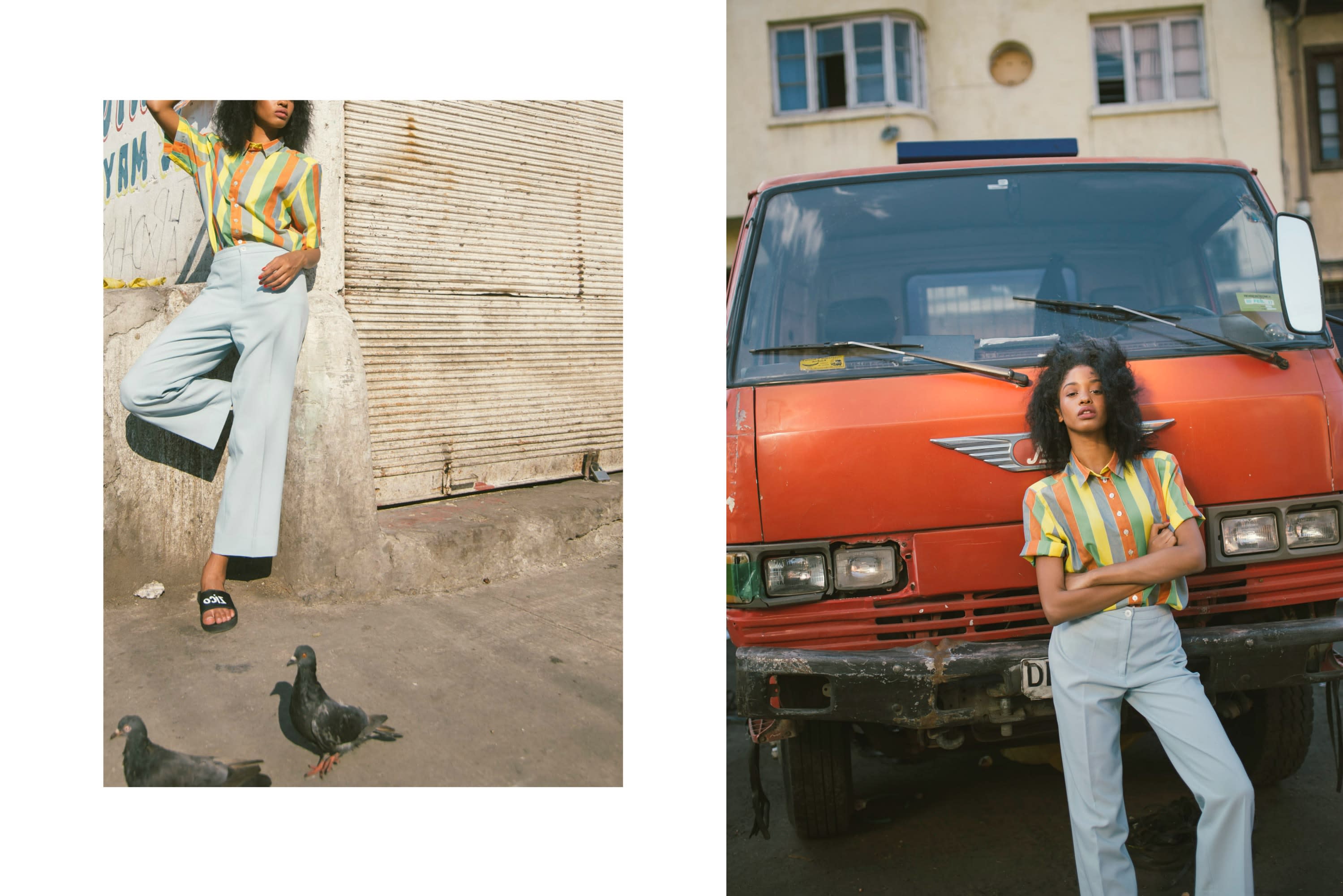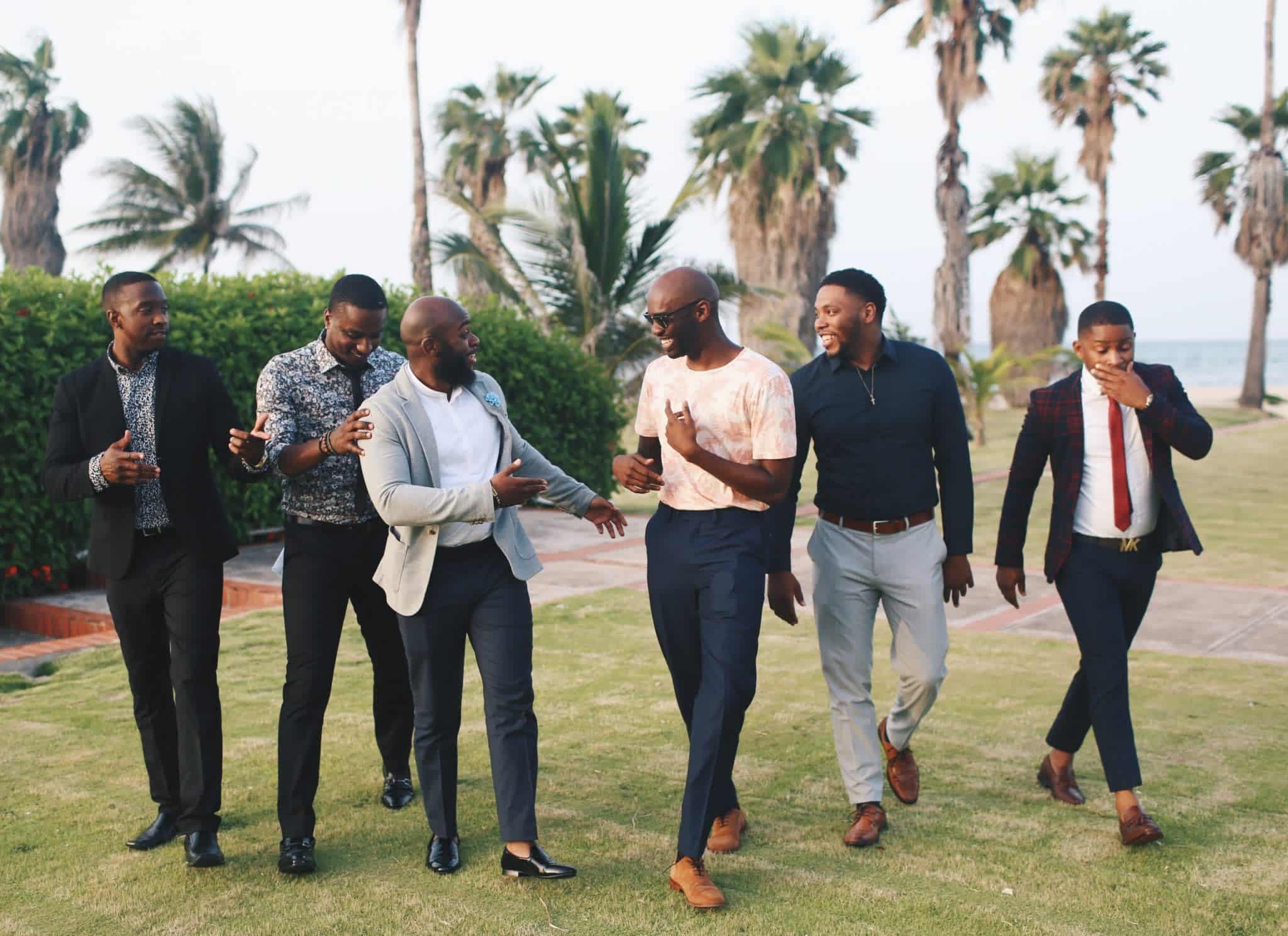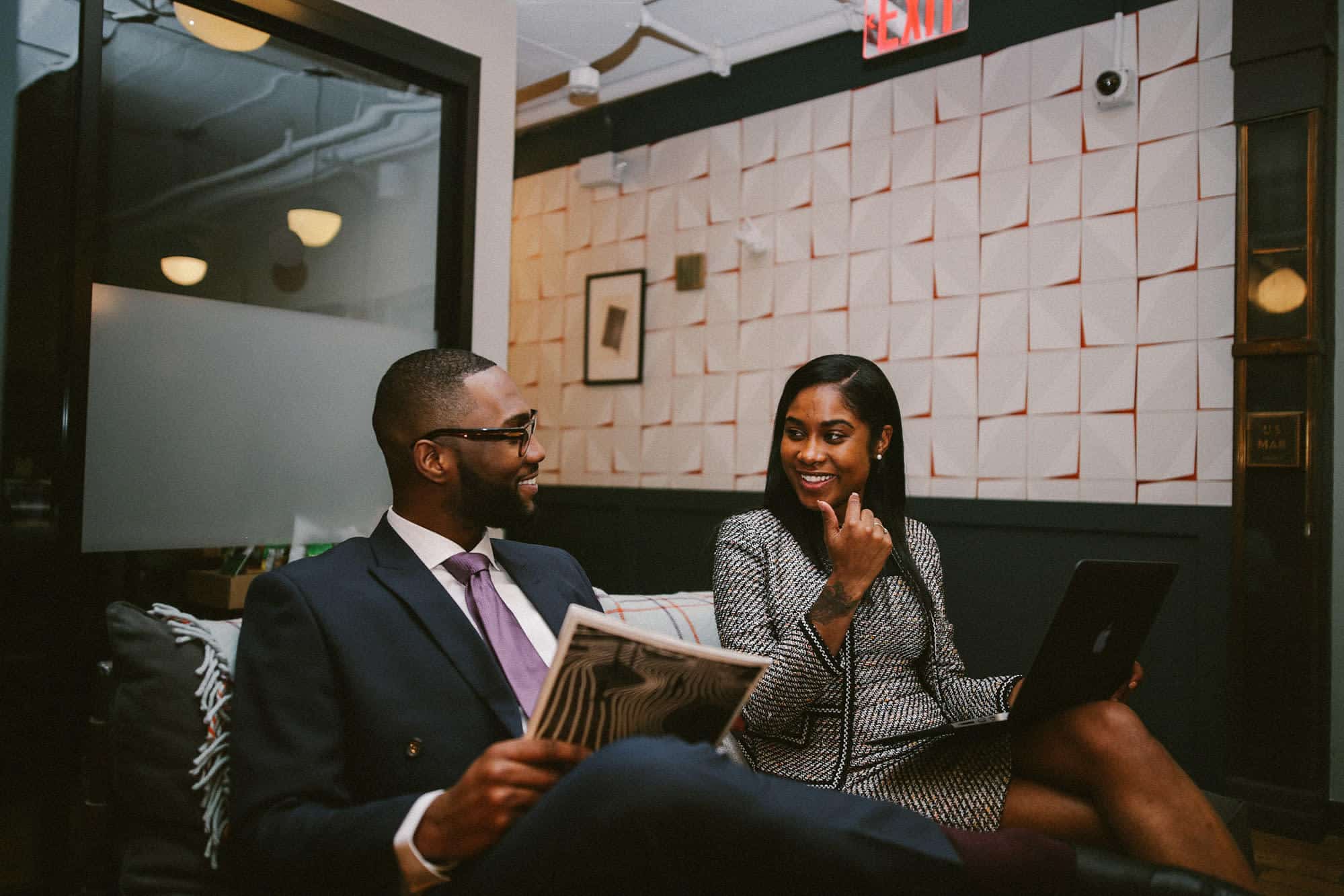Stock photography’s lack of representation is a well-documented problem. Despite its ubiquity, stock photography tends to default to a super bland, predictable aesthetic. On a certain level, this makes sense. Stock is supposed to be massively flexible. An image of a person working in an office could be used in any number of business-related contexts. But what if all those images only show white people—and most of those are men?
Some major stock providers, like Stocksy, have made an effort to modernize their image selection with curated collections that push the boundaries of stock stereotypes. But in general the genre remains overwhelmingly boring, overwhelmingly white, and frequently sexist, with imagery that offers a stale and narrow view of gender roles.
In the past few years, free websites like Pexels and Unsplash have sought to democratize the stock photography world by offering image libraries that anyone can contribute to and anyone can use. Sites like these are expanding the borders of who shoots stock and who uses it. But at the same time, fully user-generated stock libraries pose a big risk of carrying forward stock photography’s generic legacy. The search engines of these sites tend to serve up the most-clicked images, reinforcing convention instead of challenging it. Photographers then submit the images they think will be most popular, the algorithms keep up their end of the bargain, and eventually you end up with a Pexels search for “woman” that yields page after page of attractive blondes in suggestive poses, while “man” is all buff white dudes, a Barbie and Ken universe that obscures the wide variety of actual human appearances.
Pexels has only recently become aware of this problem. A small start up headquartered in Berlin, the site has been quickly growing over the past four years, with a focus on offering exposure and support to participating photographers. Until now, Pexels took a minimal approach to curation. A team of moderators checked out submitted images, approved the best ones based on aesthetic and technical merits, tagged them according to content, and Pexels’s search engine took it from there.
Monica Silvestre recently joined Pexels as Head of Community, and she’s been spearheading this push for greater representation. After a user complained about the lack of women pictured in a Pexels search for “business” images, Sylvestre did a deep dive on some of the site’s popular search results. She wasn’t impressed by the lack of representation, not only when it came to women in the workplace, but also the lack of people of color. “These observations led to our desire to improve this and to, I guess you could say, blow the whistle on ourselves,” she tells Format Magazine. “To say, ‘We weren’t doing a very good job of this, but we want to do a good job.’”
The first step in Pexels’ efforts to change the face of stock photography has been the launch of their Everyday People project. Everyday People is an open call for photographers to submit images of the diversity which Pexels’ current selection lacks, noting that “showcasing diversity needs to happen more in the media and Pexels needs to make it easier.”
Silvestre sees Everyday People as the beginning of a serious shift for Pexels, a sea change that includes reassessing the algorithms which power their search results. The platform has also recently partnered with Nappy, a free stock site offering “beautiful, high-res photos of black and brown people,” to get more diverse images onto Pexels. We got in touch with Sylvestre to find out more about Pexels is working to increase representation, and how photographers can get involved.
Format Magazine: Before you started the Everyday People campaign, how were images on Pexels moderated?
Monica Silvestre: We get tens of thousands of images submitted to Pexels. Every single image will get reviewed by our curation team, and then they get properly tagged. We have a team that approves or does not approve a photo, and then we have a second group that does the tagging for the approved photos. It was more based on photo quality than photo content. Like, “Is this a beautiful image to look at? How are the edges? How’s the resolution?” Some very technical components, less of the, “Okay, what’s actually in this image? What does this image say or make us feel?”
Since we started this campaign, it’s been really cool because our team has also shifted its mentality where in the past it was more technical based and now it’s both technical- and content-based, which I think is definitely an improvement.

Úrsula Madariaga for Pexels.
How long has Pexels been around?
It was founded in 2014, so a few years now. And we have 13 million visits per month. That’s a ton, and I think a number that large creates this layer of responsibility, where we do have a responsibility to make sure that we can lead this movement. If we don’t then, well, who else feels this is important and who else is going to stand up for what’s right?
That’s also where this stems from, this social responsibility when you do have that much traffic. Obviously we’re not a Google or anything, but I look at it the same way. Google has so much traffic that, in my opinion, a site like theirs is also responsible for taking care of these types of situations and trying to make the world a better place, as cliché as it may sound.
How have you been going about this process of changing the search results on Pexels?
It’s mostly through tagging. We’ve become more specific and cognizant about the tags, and the curation is also key. Where in the past we might approve a photo, today we might not approve that photo if its content is questionable or isn’t in line with where we’re standing at in terms of diversity.
In terms of the search, we know which photos perform well. So we’re always mindful to say, okay, if that image is performing well, the algorithm ranks popular photos higher. Such would be the case when searching for “woman office,” the algorithm knows to show the most popular results first.
I guess that means if you’re trying to really change the results that people get in searches, are you altering the algorithm or sometimes overriding it?
Yeah. Let me try and think of an example I can give you. If you search for “car,” you want photos of cars. But let’s say you search for “car,” and you’ve got the result of a half-naked woman lying on the hood of a car and that particular image gets a lot of clicks. It would be our team’s decision to say, “That’s not the type of photo that we want to show as the first result for the ‘car’ keyword search.”
That would be something that would get manually pulled despite the algorithm, because the algorithm doesn’t understand the basics. It doesn’t have a conscience. The algorithm’s like, “That image performs well, so let’s put it in the top.” But if me or my team sees that kind of thing, that’s something that we would pull down.
You would deprioritize it.
Yeah, or even eliminate it. It really just depends. But it wouldn’t be something that we’d want to be showing.

Nappy for Pexels.
How did your partnership with Nappy come about?
We reached out to them. We said, okay, let’s do an image trade, basically. We’ll go ahead and give you a batch of our work that’s relevant to your site and then you’ll help us in the same way by giving us a lot of your content that would perform well on Pexels and help us on this mission.
So we’ve been working with them for about two weeks now. It’s really early, but it’s been awesome, and Jacques [Bastien], the founder, is amazing and he totally has the right vision. It’s definitely an exciting partnership in the sense that he’s going to help us in the way we look at this content and the way we address diversity. Similarily we’re able to help him grow his platform as well, so I think it’s a nice synergy of two companies that are trying to achieve the same thing.
Have you had a lot of people submitting to Everyday People already?
We launched it a week and a half ago and we’ve already received over 2,000 images as part of the campaign. We didn’t know what the response was going to be. We were hoping that people were going to be supportive of it and get behind it, and so far it’s been really well received.
It’s also raised a lot of important issues. It’s not just talking about representing different cultures and ethnicities and genders and sexual identities, but we also get a lot of people saying, “This is amazing! Can you also add more photos of people of all ages, especially 60-plus?” That was cool. And then also a lot of people writing and saying, “Would you also focus on trying to show many different body types? Often when I search on these stock sites I see a lot of skinny models, and it would be nice to see people who are of all shapes and sizes.”
Pexels’ Everyday People campaign is open for submissions until April 30. Anyone can submit for a chance to win a handmade photo book featuring your work.

Nappy for Pexels.
Cover images via Nappy for Pexels.
Want to learn more about stock photography? Check these articles out!
How to Price Stock Photography
How To Create Stock Photography That Sells
How To Make Money With Your Photography












